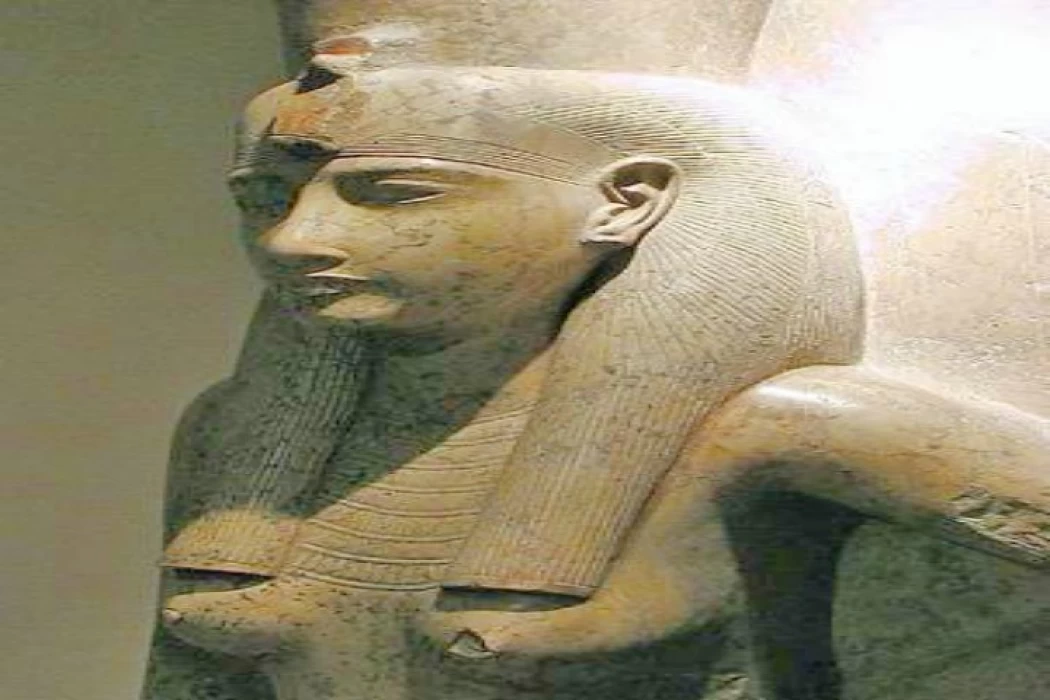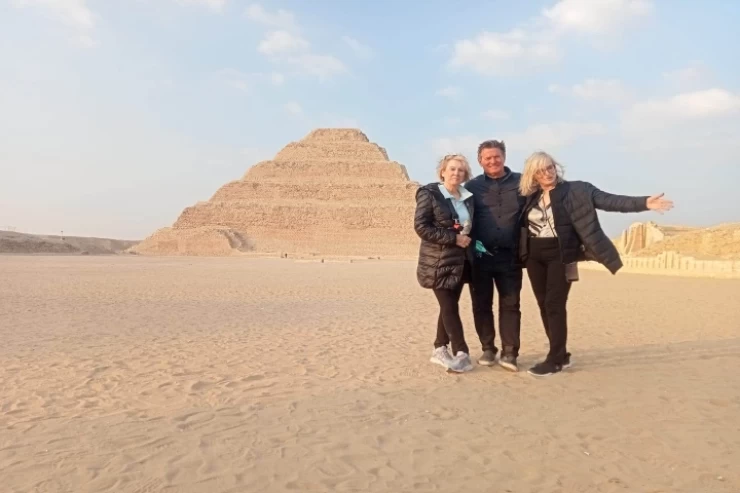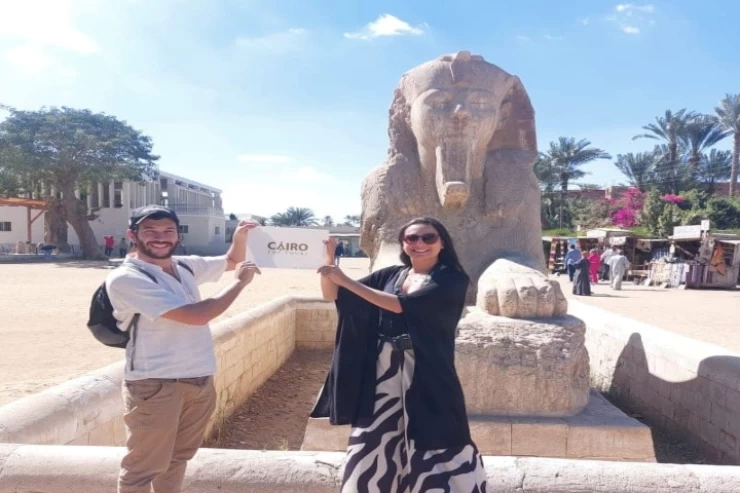
Goddess Mut | Diosa egipcia del cielo
Mut, la diosa del cielo que tenía como esposo al dios del viento Amón, debido a su nombre se la conoce como la madre de toda la creación, ella y su esposo fueron idolatrados en Tebas, representados con una doble corona y un adorno en forma de un buitre encima, se le vio con un traje azul o rojo brillante y en sus manos, llevaba un papiro y el ankh que era la llave de la vida.
También fue reconocida como madre mundial, ojo de Ra y dama del cielo, también la representaron a través de jeroglíficos como un buitre por ser considerada animales maternos.
Esta divinidad se mostraba con alas por ser la deidad del firmamento entre todos los dioses egipcios, también se la veía frecuentemente como una vaca detrás de su marido o como una leona por ser una guerrera.
Sus hijos eran el dios de la guerra Mantu y el dios de la luna Khonsu, debido a la aparición de este último se decía que estaba entre el sol y la luna que formaban la tríada tebana.
De esta manera, el sol fue representado por su esposo Amun-Ra y el dios de la luna Khonsu, por eso Mut simboliza el tercer ojo que revela la superioridad universal que cooperó en la inundación del Nilo.
Esta diosa fue solicitada en el libro de los muertos para evitar que una momia se pudra, se dijeron unas palabras sosteniendo una imagen de ella que tenía 3 cabezas: la primera era la cabeza de la diosa Pajet '', una deidad egipcia menor, de el tiempo del Reino Medio '' con dos plumas, luego una cabeza humana con dos coronas y finalmente una cabeza de buitre con dos plumas.
También tenía un templo en el reino de Amón cerca del Templo de Karnak, donde se veía un lago en forma de media luna donde lo adoraban en su forma felina.
Goddess Mut
Mut, the goddess of heaven who had the wind god Amun as her husband, due to her name is known as the mother of all creation, she and her husband were idolized in Thebes, represented with a double crown and an ornament in the form of a vulture on top of it, he was seen wearing a bright blue or red suit and in his hands, he carried a papyrus and the ankh that was the key to life.
She was also recognized as a world mother, eye of Ra, and lady of heaven, they also represented her through hieroglyphs as a vulture for being considered maternal animals.
This divinity was shown with wings for being the deity of the firmament among all the Egyptian gods, she was also frequently seen as a cow behind her husband or as a lioness for being a warrior.
Mout (or Mut), whose name means “mother,” symbolizes maternal values and is one of the oldest deities in the Egyptian pantheon. She is also a dangerous goddess when she takes the form of the “Distant Goddess” (Hathor), assimilated to Sekhmet. She was adopted by the Greeks as the goddess Hera, Zeus's wife, during the Hellenistic Period (305–30). Mother of the World, Eye of Ra, Queen of Goddesses, Lady of the Sky, and Mother of the Gods were some of her titles.
Her place of worship was Isheru, a village south of Karnak. She is venerated there, in her sanctuary located south of the Temple of Amun, called Hout-Mou, in the guise of Sekhmet, but more generally as a woman wearing a white crown or a vulture. Other shrines are attested in Bubastis, Hermonthis, Memphis, Tanis, Saïs, and in the oases of Kharga and Dakhla.
Egyptian Goddess of Heaven
In this way, the sun was represented by her husband Amun-Ra and the moon god Khonsu, which is why Mut symbolizes the third eye that reveals the universal superiority which cooperated in the flood of the Nile.
This goddess was requested in the Book of the Dead to prevent a mummy from rotting, a few words were said holding an image of her that had 3 heads: the first was the head of the goddess Pajet, ''a minor Egyptian deity, from the time of the Middle Kingdom'' with two feathers, then it was a human head with two crowns and finally a vulture head with two feathers.
She is associated with the Theban triad (Amon, Mut, and Khonsu), where she is both the wife, mother, and daughter of Amon and the mother of the moon god Khonsu... During the 18th Dynasty (1549-1295), her cult became important, replacing that of the goddess Amonet, wife of Amun, in Thebes. Having no children, she decided to adopt Montu, then Khonsu, as Montu declined the offer. She was between the sun (Amon-Re) and the moon (Khonsu) as the third eye, showing cosmic perfection and promoting the flooding of the Nile.
She is mentioned in the Book of the Dead as helping the deceased reach the afterlife and preventing them from decomposing. She appears on the walls of many temples alongside her husband Amun as “Mistress of the Nine Bows” (symbol of all the enemies of Egypt).
















